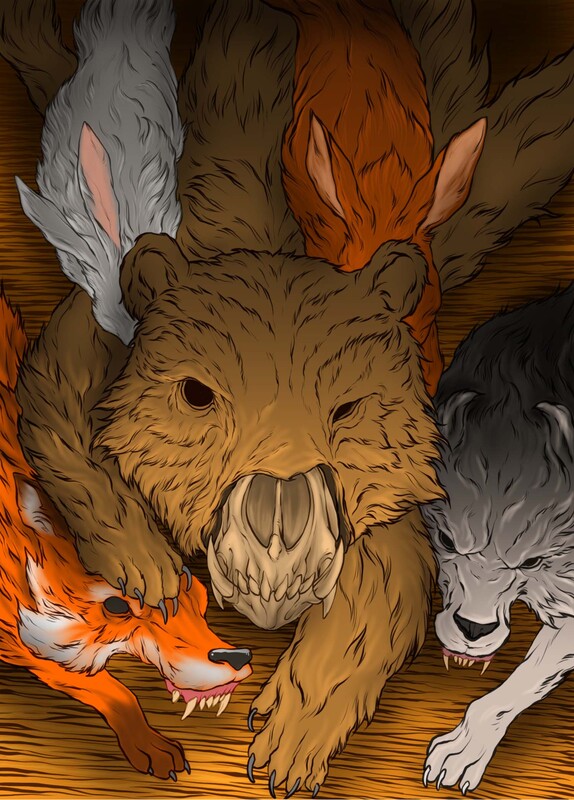Skinning (Prehistoric Settlement)
Item
-
Title
-
Skinning (Prehistoric Settlement)
-
Format
-
en
JPG
-
Date
-
2021
-
Description
-
Artwork created and submitted in the context of the ECHO II project which was dedicated to inviting artists in residence to create original artworks, inspired by selected local traditions
-
Type EDM
-
en
Image
-
Rights
-
This work is licensed under a Creative Commons Attribution-NonCommercial 4.0 International License.
-
Extent
-
500mm x 707mm, 300 dpi
-
Bibliographic Citation
-
“Skinning (Prehistoric Settlement)”. 2021. Artist: Djoshkun Alievski. Source: https://echo-heritage.eu/myomekas/s/repository/item/1648. License: CC BY-SA 4.0.
-
Statement of Responsibility
-
The art residency has been co-funded by the European Union and is part of the project ECHO II - Traditions in Transition, Creative Europe Programme. The artwork was produced with the financial support of the European Union. Its contents are the sole responsibility of its creators and do not necessarily reflect the views of the European Union.
-
Abstract
-
The Bay of Bones in Ohrid Lake is an archaeological site of a prehistoric pile dwelling settlement. It is 3 to 5 meters deep. The place is called “Ploca Mikov Grad”. Today, there is a reconstruction of pile dwellings (Water Museum “Bay of Bones”) and platforms, with its own visitor center. Above the settlement is the renewed Roman fortification (castrum) with the military facilities of that time. At the Bay of Bones, the nearest pile of a total of 6,000 m² is detected at 12 meters in the lake, which is assumed to be a pile from the bridge that connected the settlement. It is assumed to have stretched on a platform of about 8,500 m², and there may have been 60 inhabitants. Many remains of tools, ceramics, wood, stone and parts of animals (such as deer horns) were discovered on the site. This drawing was mostly inspired by the skins that were left around the place from different wild animals. Djoshkun Alievski


